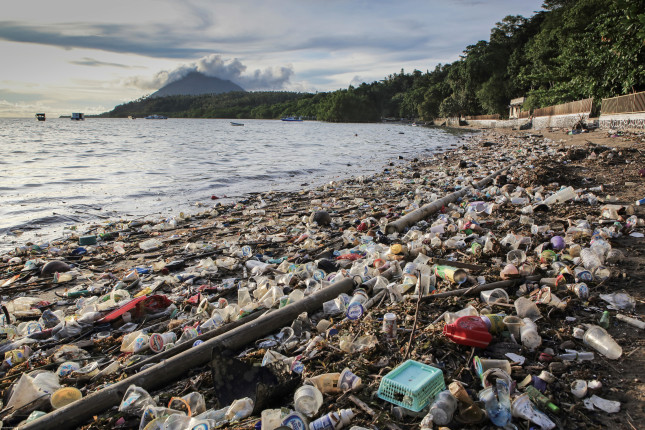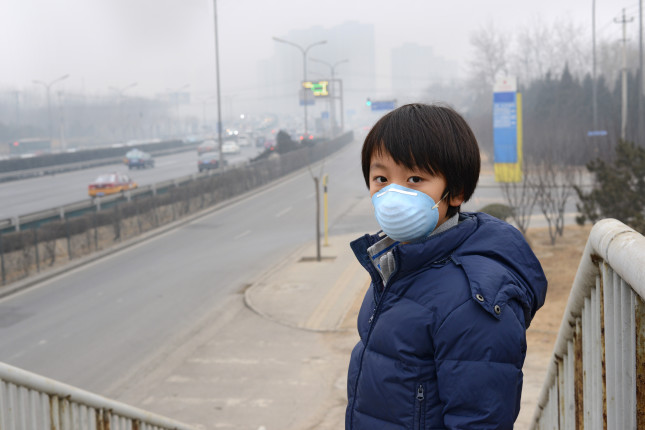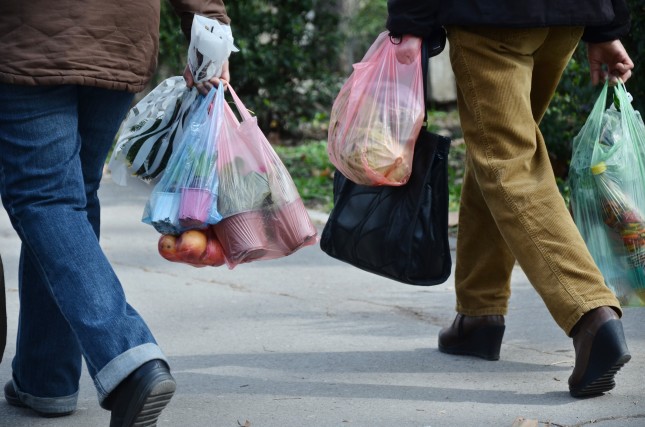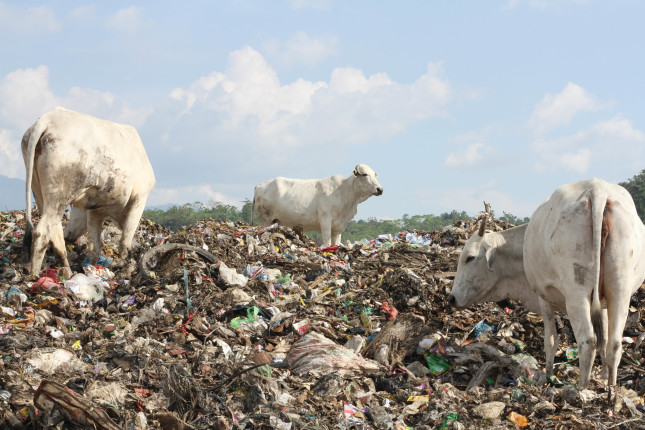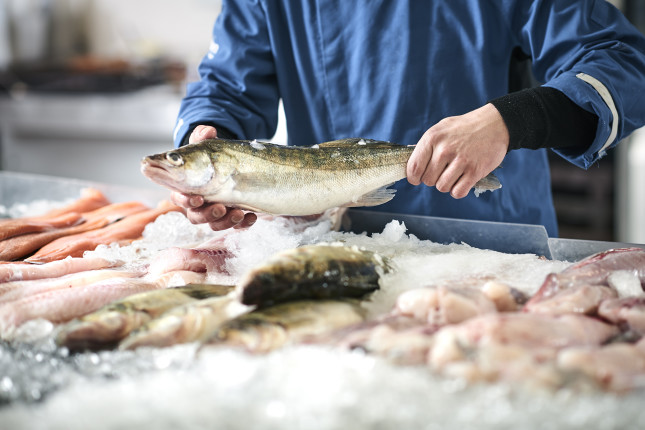-
Energizing Zero-waste Practices in Rural China: Q&A with Chen Liwen and Qiu Yuxue of China Zero Waste Village
›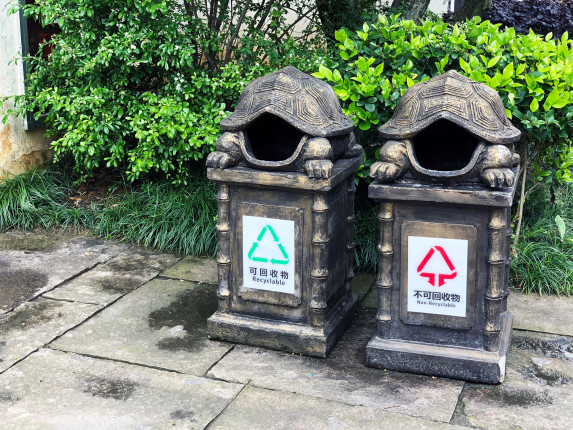
Growing up in Xicai village in rural Hebei Province, Chen Liwen spent plenty of her childhood outdoors, where she cultivated a deep connection with nature. This connection eventually led her to pursue a career working at environmental NGOs. Early in her career while she was surveying landfills outside of Beijing, she discovered “mountains” of putrid waste that were leaking into waterways, making nearby residents sick. That incident sparked her to focus her work on reducing waste and waste pollution. After working on urban waste issues Chen became concerned that pollution reforms to expand waste sorting and recycling in cities were not extended to rural areas, where 40 percent of China’s population live.
-
Indonesia is Facing a Plastic Waste Emergency
›
Attempts to reduce the amount of waste flowing into the ocean from Indonesia are having limited success.
-
China’s Coercive Greening Policies
›Smog, water pollution, deforestation and desertification—for decades, citizen activists and protestors have attempted to fight the environmental impacts of China’s development and industrialization. Now, confronted with climate change, the Communist Party of China (CCP) is well aware not only of citizen discontent, but also of the risks that climate change poses to the long term security, stability, and survivability of the regime. Rising seas will affect the great cities of Shanghai, Tianjin, and other areas along China’s coast. Glacier melt on the Tibetan Plateau will cause floods in the short term and in the long run fail to replenish the falling aquifers of the thirsty North China Plain. The prospect of high numbers of displaced Chinese citizens, internally displaced by global warming, is real.
-
A Tale of Two Snails: Biodiversity Threats of Invasive Species in the United States and China
›Spring is the best time to eat snails, when they are their plumpest, sweet and rich in protein. Snails have been slurped in China for centuries and are an inexpensive treat for a holiday celebration. In contrast to French escargot, which is served with butter and garlic, the Chinese eat snails in stir-fry, braised or boiled and eaten right from the shell. Not all snails are a treat, however, and unfortunately some are extremely damaging to crops and natural ecosystems when they are introduced into a non-native environment.
-
Race to Carbon Neutrality: Electric Vehicles in China and the United States
›The year of the Ox came riding in on an electric vehicle (EV) with news that both the United States and Chinese governments were accelerating efforts to expand EV markets. In 2020, China sold 41 percent of the world’s EVs and now, the United States wants to be in the race too. On January 1 of this year, China’s Ministry of Finance slashed subsidies on electric, plug-in hybrids, and fuel cell automobiles by 20 percent, which is around 9 percent of the average retail price. By the end of 2022, it will halt subsidies in an EV Darwinism move as it did with solar PV panel companies to give a boost to the strongest players. Also in January, the Biden Administration announced a plan to electrify 645,000 federally procured vehicles.
-
Would You Like a Bag (Ban) with That?
›
China, which threw global plastic recycling markets into disarray in 2018 with its Green Sword policy banning plastic waste imports, has been ratcheting up domestic regulations to reign in single-use plastics. In January of 2020, China’s National Reform Development Commission announced a stringent policy for a nationwide plastic bag ban by 2022. China is not alone. Bans and taxes on plastic bags are spreading around the globe and they might soon come to your neighborhood, if they haven’t already.
-
Turning the Tide: How Can Indonesia Close the Loop on Plastic Waste?
›
Indonesia. Crystal blue waters, palm trees swaying in the wind, endless sandy beaches, lush tropical jungles, towering mountains, lakes, rivers, and more; all are images that may come to mind when you think of Indonesia. But like other Asian countries, Indonesia’s booming development and increased consumption have generated an immense amount of waste, particularly single-use plastics that are leaking into the ocean.
-
Aquaculture is Fishing to Gut Plastic Waste—In The United States and China
›
In May 2009, I was traveling with researchers from the Shandong Academy of Agricultural Sciences to learn about rural water pollution. One of them realized it was Mother’s Day and decided to treat the 3 mothers in the group to a fishing trip. We soon pulled into a farm with rows of large concrete ponds filled with fish. This was my first introduction to the world’s largest aquaculture industry, where fish are farmed in ponds, reservoirs, and even rice paddies. China produces 50 million tons of seafood annually, far eclipsing the 0.5 million tons farmed in the United States.
Showing posts from category China Environment Forum.


